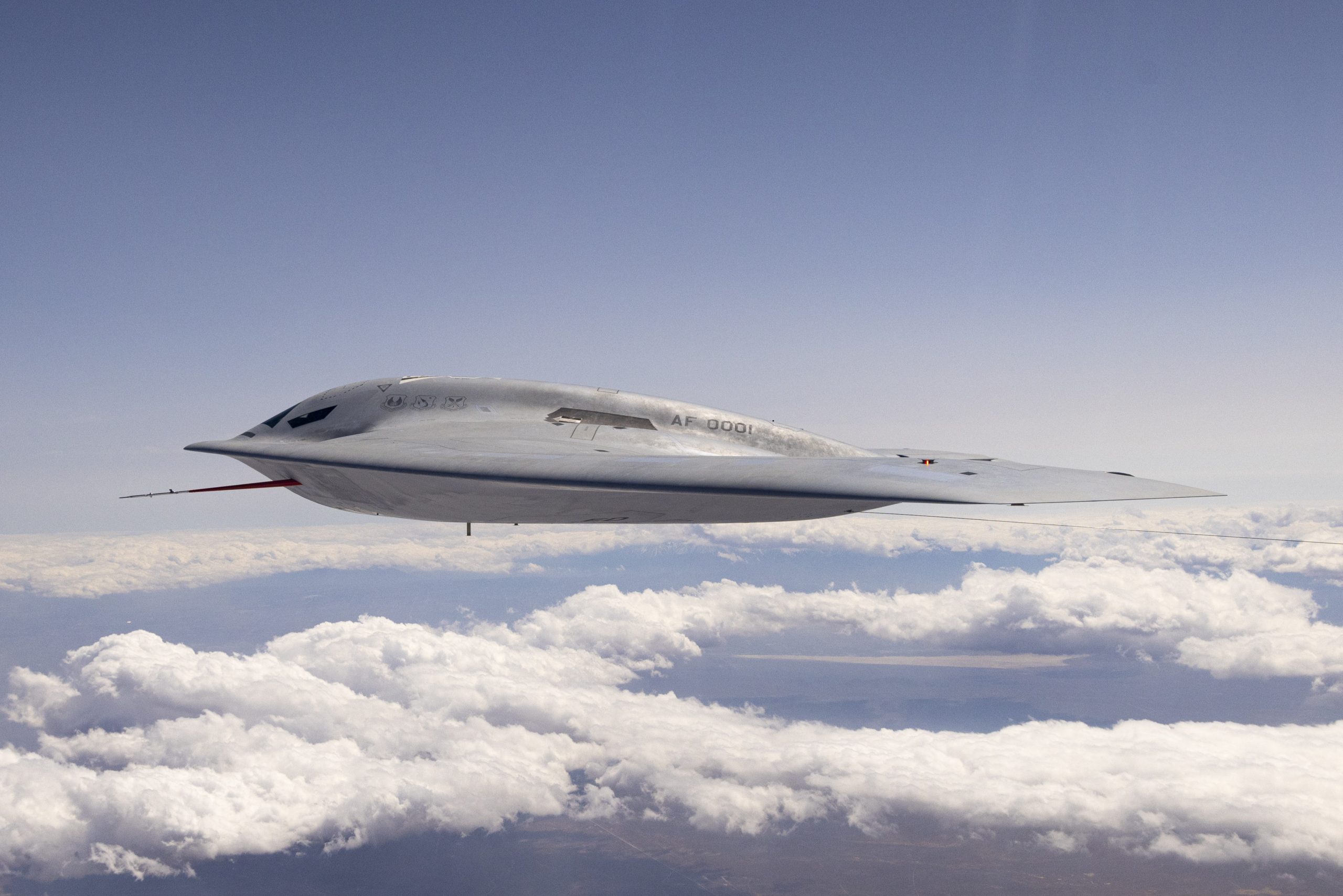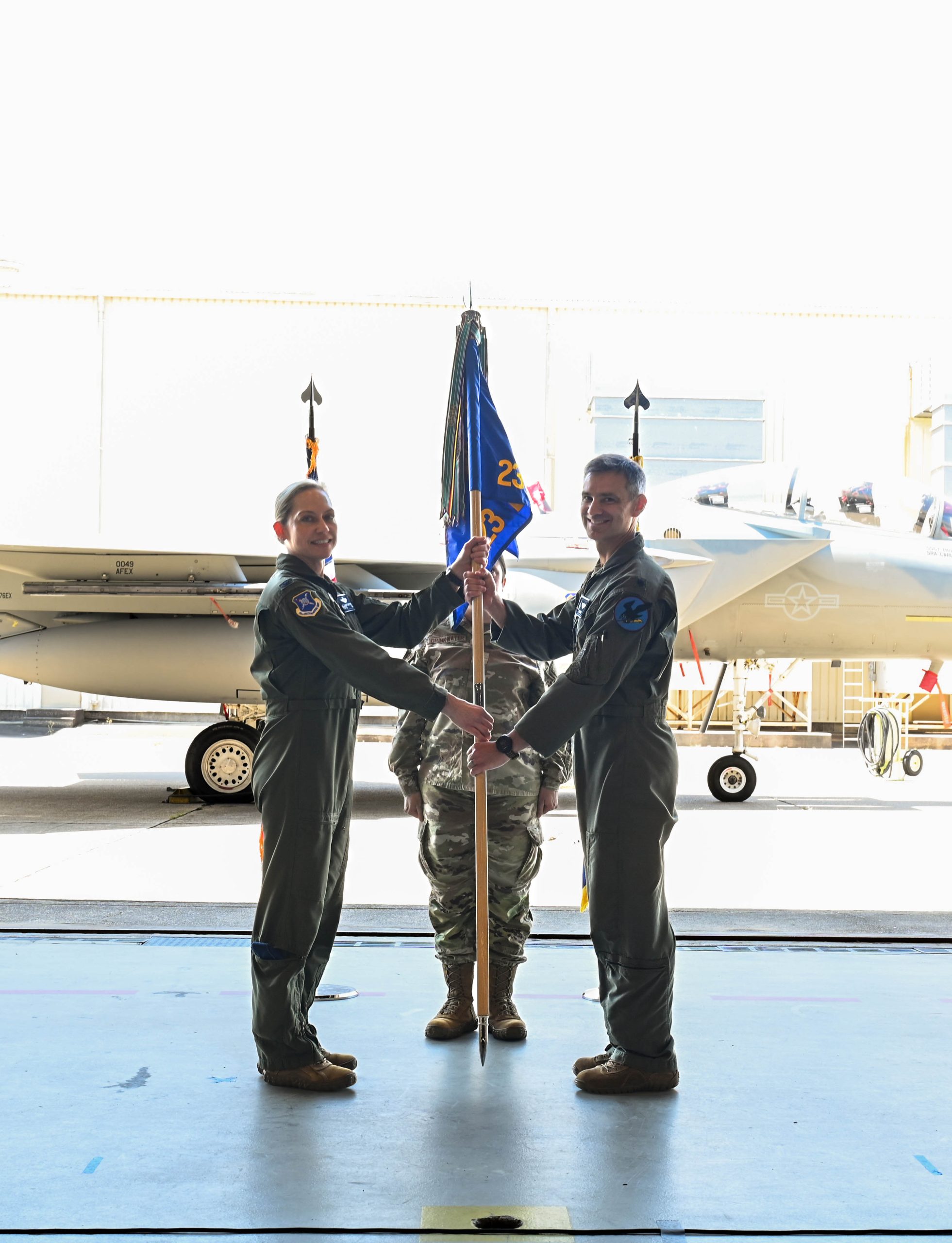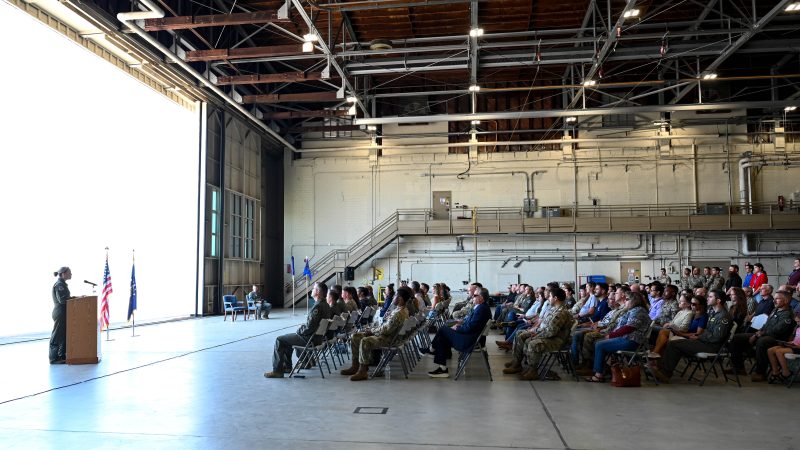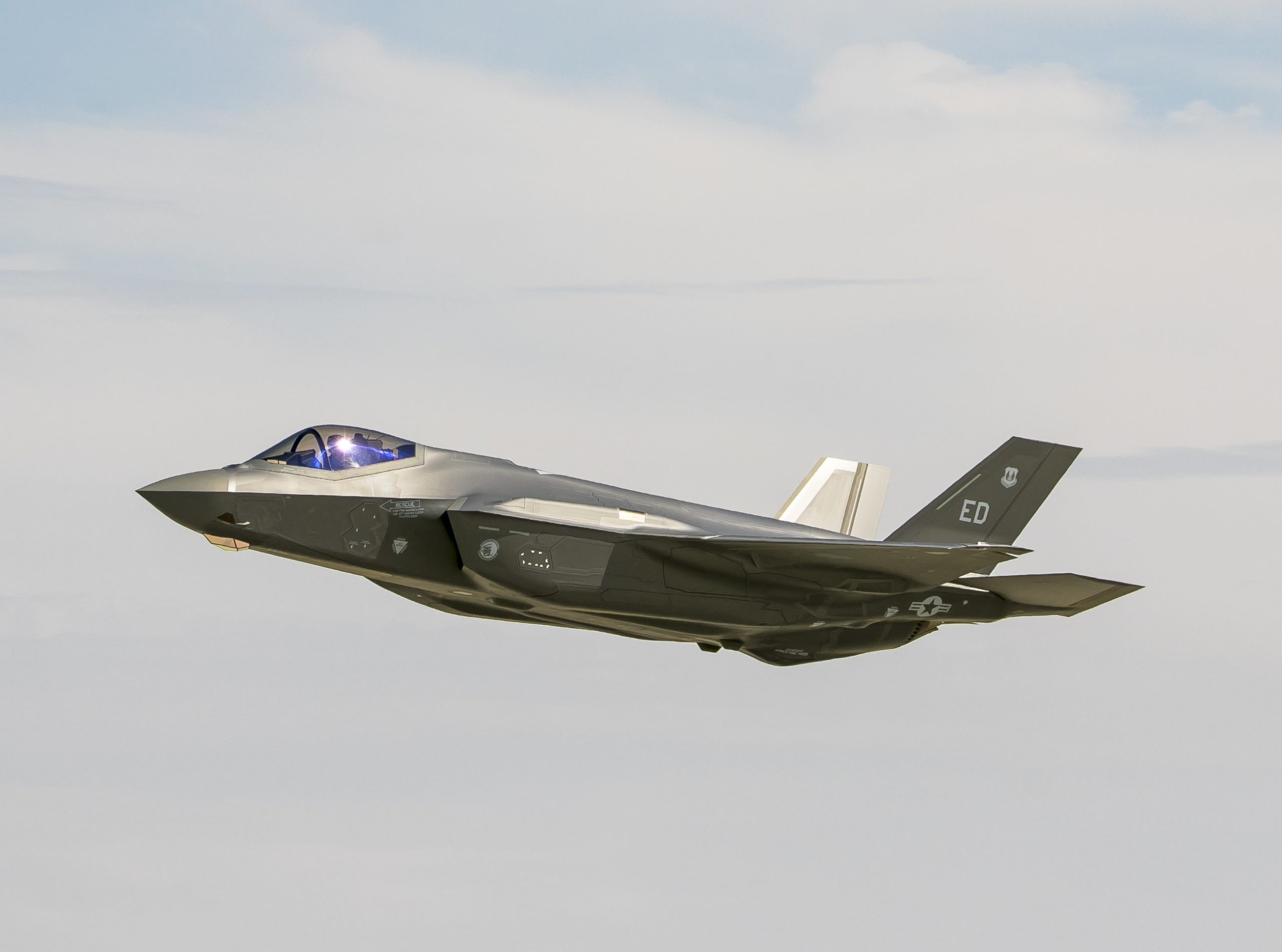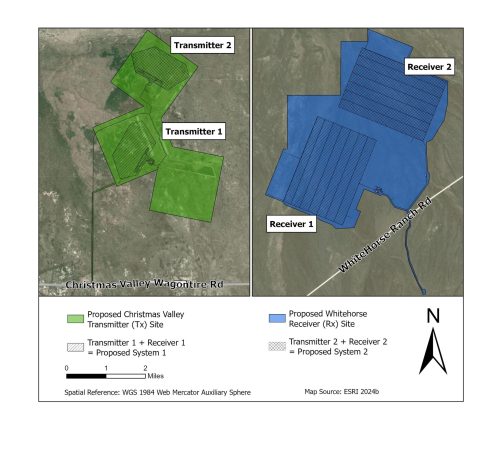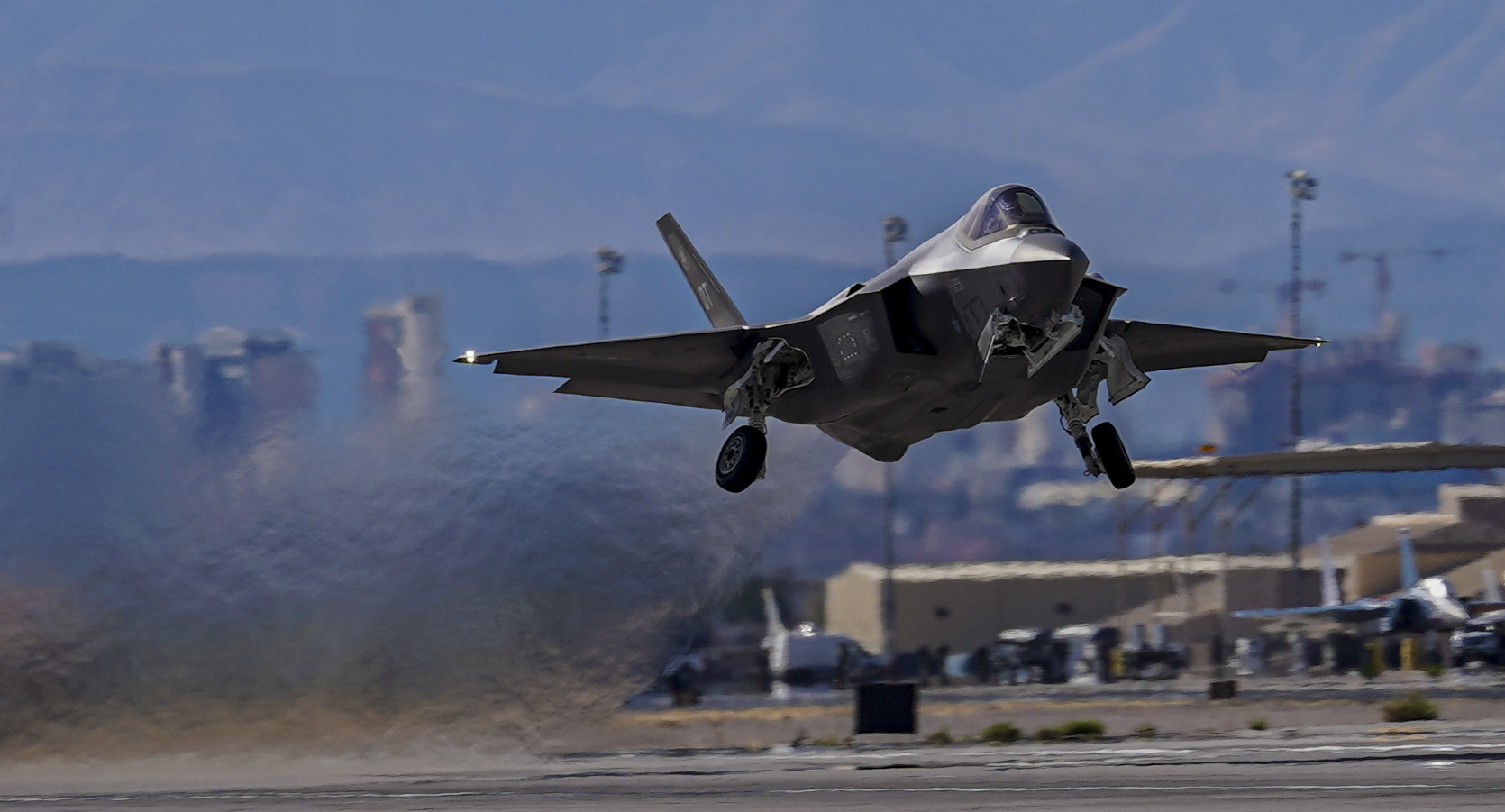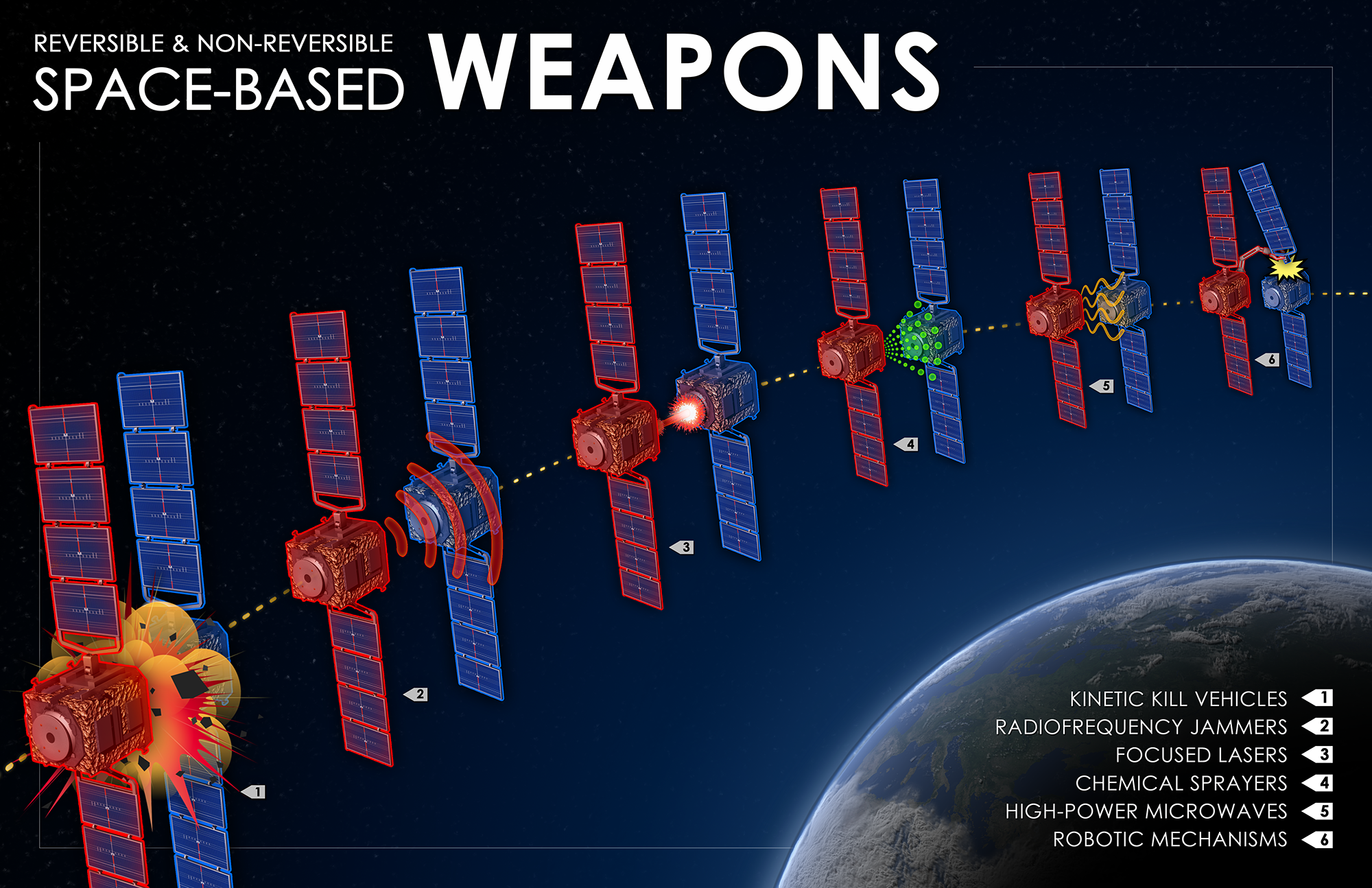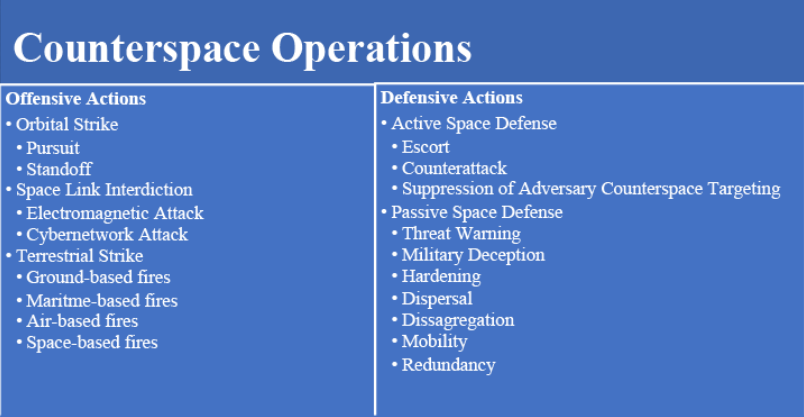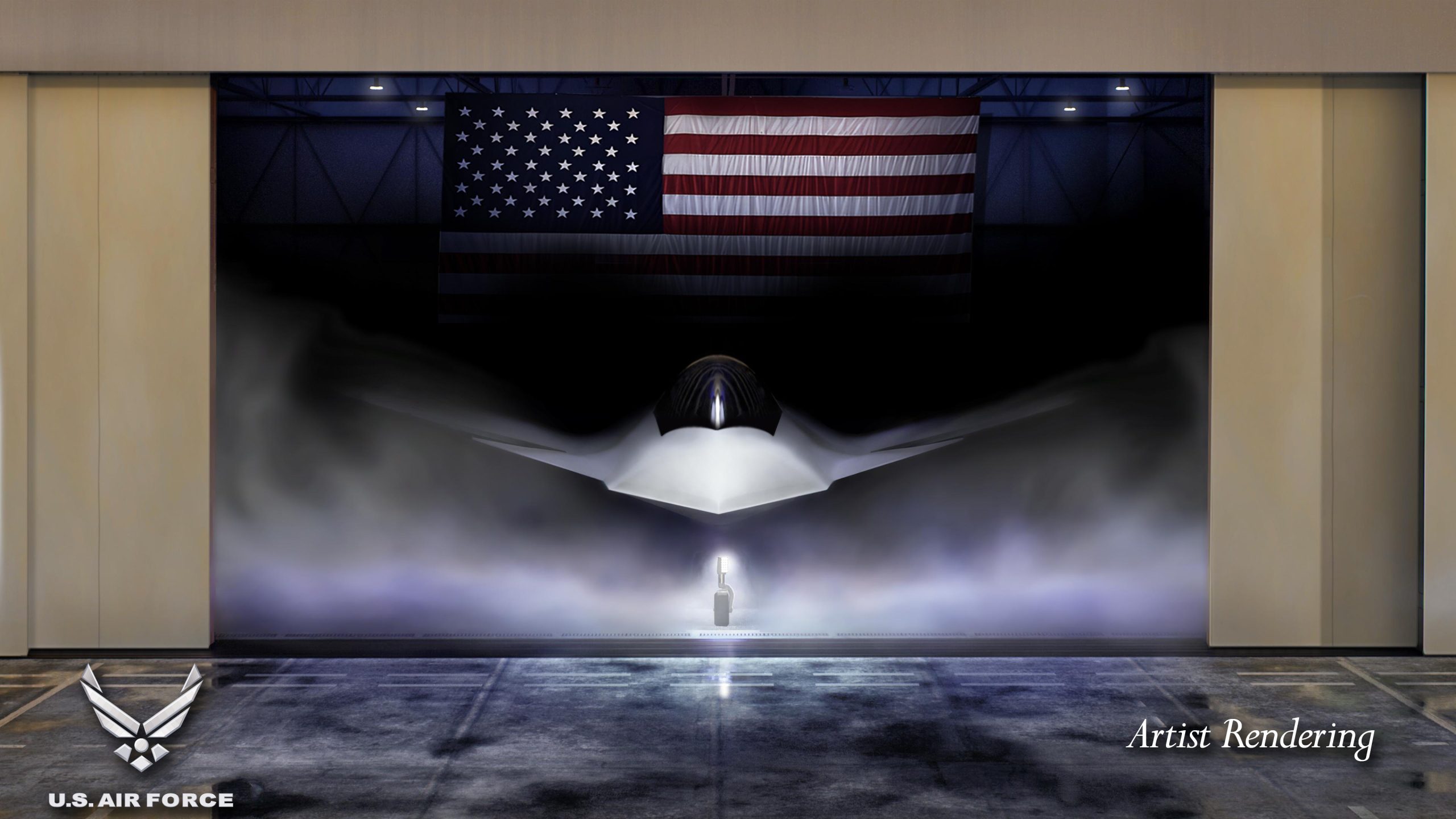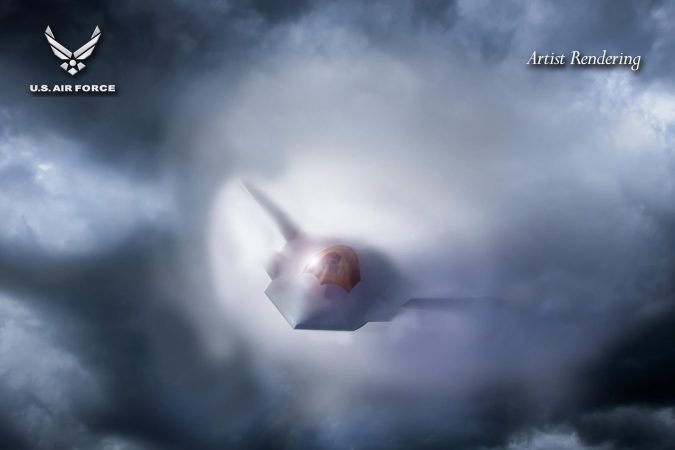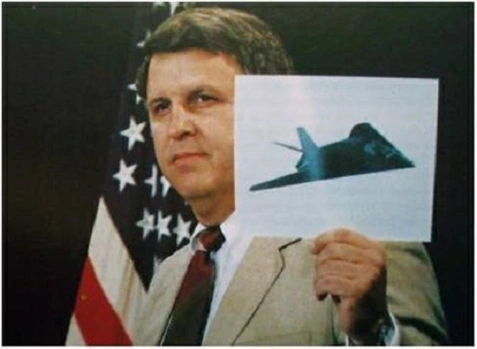Northrop Grumman took a $477 million loss on the B-21 bomber program in the first quarter; executives said the expense will both cover unexpected materials costs and make it possible to accelerate production of the aircraft, if that’s something the Air Force wants to do.
The charge was attributed to a “change in the manufacturing process” and gives the Air Force “some optionality,” Northrop President and CEO Kathy Warden said on an earnings call. The “process change” will “enable a higher production rate,” she added.
The charge brings Northrop’s losses on the B-21—some elements of which are fixed-price—up to $2 billion, Warden said.
Executives cited higher-than-expected “rework” costs and economic effects like inflation as partial causes for the costs, but the process change costs are greater than the materials costs, Warden said, constrained in her comments because of heavy classification of the B-21 program. The Air Force concurred on the changes being made, she said, adding that the charge “is not something we will need to do again.”
Northrop Chief Financial Officer Ken Crews said the costs will be spread out across 2026, 2027, and 2028.
The company is already working under a second low-rate initial production lot contract and finishing up the engineering, manufacturing, and development phase of the program, Warden reported. She did not comment much on the progress of test flights, but did say that preliminary work has begun on B-21 improvements.
“We have … started some work on modernization, and we are building out the capability to train and sustain on the aircraft as well. So those will be gradually phased in over these next several years, and there isn’t change based on what we’re recording this quarter in that profile for the program,” she said.
Warden said Northrop is “demonstrating performance objectives through tests, and we are progressing through the first two lots of production with significant learning behind us.” The aircraft “is performing in line with the model performance and the test objective.”
The change to the manufacturing process “positions us to ramp to the quantities needed in full-rate production,” Warden said. This will also include being able to “ramp beyond the quantities in the program of record.”
The Air Force’s current plan, sometimes called the program of record, is to buy 100 B-21s. But as Warden noted, some combatant commanders and Air Force leaders have suggested more than 100 bombers are needed for the “dynamic” world situation. Those comments “reflect that increased demand signal that we’ve been talking about,” Warden said.
Warden also suggested the Air Force was looking at “scenarios” and considering the possibility “to increase the build rate” of the B-21.
NGAD
She also strongly suggested that Northrop is on Boeing’s F-47 Next-Generation Air Dominance team. Though secrecy prevented her from disclosing specifics, “you know that we are a merchant supplier of mission systems … and we remain fully committed to supplying those advanced capabilities for government customers and primes,” she said. Northrop has expertise in sensors that are “easily scaled and reconfigurable for a wide application across a variety of platforms,” she added.
Northrop is also still a contender for a future fighter of its own, the Navy’s F/A-XX. Northrop and Boeing are the two finalists in the competition, but Warden had no news to report on that front.
“We expect a decision soon,” she said.
Sentinel
Last week’s explosion at Northrop’s Promontory, Utah, solid rocket motor facility won’t affect its work on the Sentinel intercontinental ballistic missile program, Warden reported.
The building destroyed in the accident makes an ingredient in SRM propellant, she said, but the company has other suppliers for the material, so “we do not expect any impact to any of our programs.” Northrop told Air & Space Forces Magazine last week that it had received hundreds of calls from Capitol Hill about the potential effect of the explosion on the Sentinel ICBM.
“Promontory is a production site for those solid rocket motors,” Warden said, but Sentinel will be unaffected, she insisted. Promontory makes large SRMs and components, she said, noting that those used in smaller Northrop munitions are made in other facilities.
“On Sentinel, the U.S. Air Force and Northrop Grumman completed a successful static fire test of the stage one solid rocket motor for the missile in March,” she said. “This critical milestone for the weapons system further validates the motor’s design and paved the way for the production and deployment of a safe, secure and reliable strategic deterrent. We are also continuing to work with the customer to identify costs and schedule efficiencies as they evaluate requirements to balance capability, affordability and schedule for the program.”
Warden said the Sentinel design is progressing “in design maturation and even testing of the missile, and so we continue to grow in confidence in the design of the system that we are building.” Northrop is working with the Air Force “to restructure the program, and … on options to reduce the overall cost and schedule.” If ways are found to do so, “what we look at in that restructuring is to ensure that the changes in requirements are adequately reflected in the design, and ultimately in the contract.”
